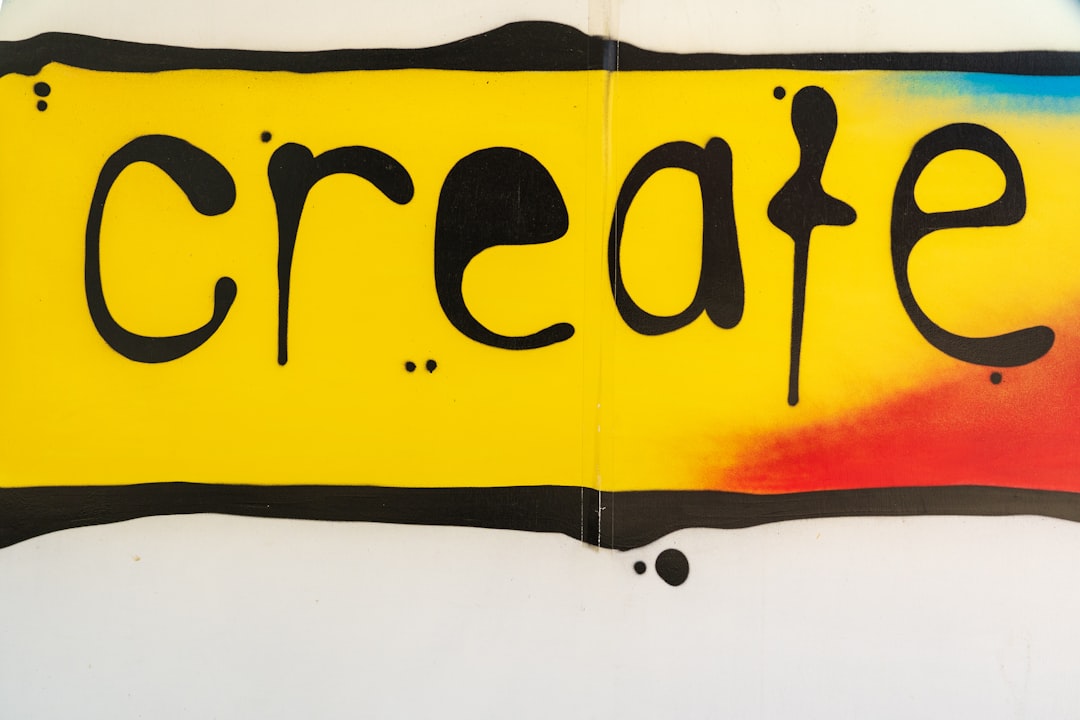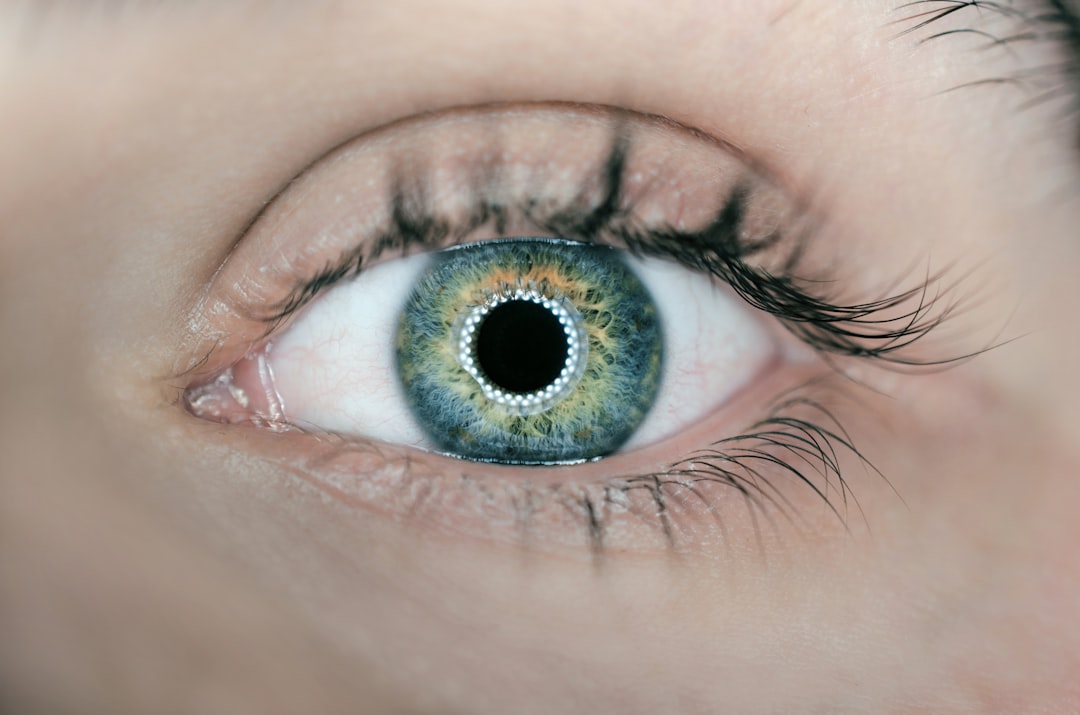What is it about?
According to a new report by the World Bank and the World Health Organization, persons with disabilities currently constitute 15% of the world’s population, and most of these persons live in rural areas in developing countries. Many of these persons lack equal access to health care, education, job opportunities and other necessary services. One of the challenges to independence and use of public spaces is a lack of attention to physical activity and mobility needs. To evaluate the association between physical activity and chronic disease and function outcome, 82 subjects with physical disabilities were given the Physical Activity questionnaire for Individuals with Physical Disabilities (PASIPD). The PASIPD consists of 13 items: six leisure time activities, six household activities and one Work-related activity. Leisure activities include walking and wheeling outside the home other than specifically for exercise as well as light, moderate and strenuous sport and recreation exercise to increase muscle strength and endurance. Household activities include light and heavy housework, home repair, lawn work, outdoor garden, caregiving for another person and occupational activity other than office work. In general, PASIPD scores differed significantly and in the expected direction between groups differing by age and levels of self-rated health and self-rated physical activity. Differences also existed in PASIPD total or subcategory scores by gender, type of disability and presence or absence of attendant care. A sufficiently physically active lifestyle would be beneficial for individuals with physical disabilities, who are on average more sedentary than the general population. There is a need for a reliable and valid measure of physical activity for research in this specific population, and this scale is useful for evaluating associations between physical activity and chronic disease and functional outcomes.
Featured Image
Why is it important?
Many of these persons lack equal access tohealth care, education, job opportunities and other neces-sary services. One of the challenges to independence anduse of public spaces is a lack of attention to physical activ-ity and mobility needs (PDF) A survey of disabled persons about their physical activity. Available from: https://www.researchgate.net/publication/279241473_A_survey_of_disabled_persons_about_their_physical_activity [accessed Nov 23 2022].
Read the Original
This page is a summary of: A survey of disabled persons about their physical activity, International Journal on Disability and Human Development, January 2016, De Gruyter,
DOI: 10.1515/ijdhd-2014-0014.
You can read the full text:
Contributors
The following have contributed to this page










